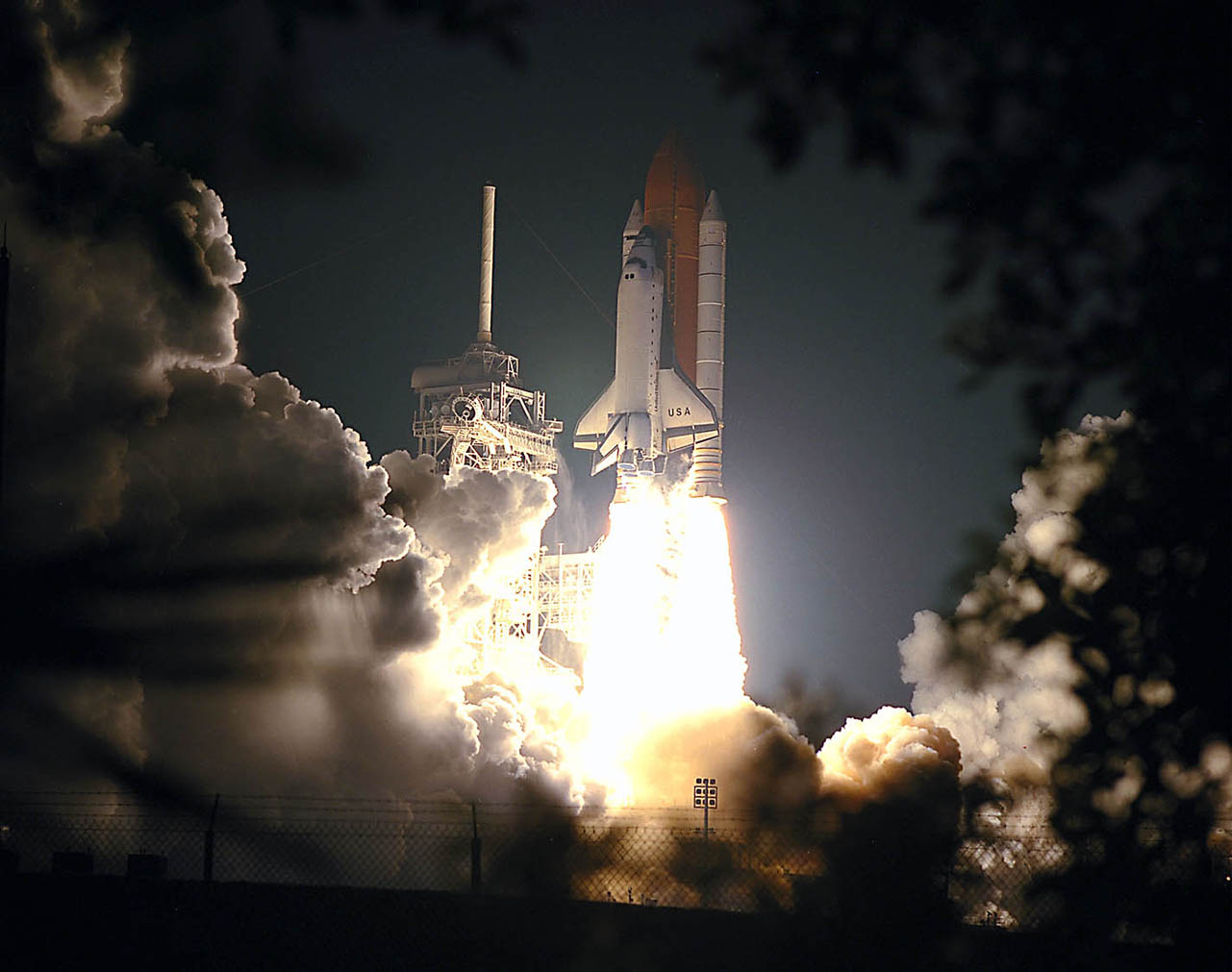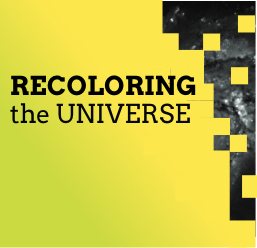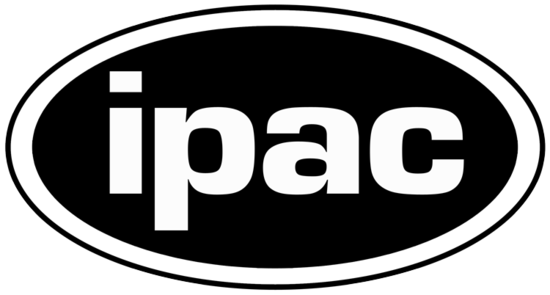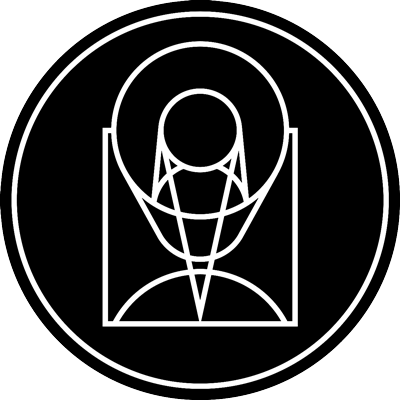On July 23, 1999, under the command of Col. Eileen Collins, the shuttle lifted off the launch pad at the Kennedy Space Center in Florida. Its mission: to carry NASA’s Chandra X-ray Observatory into space.
"There is a common
goal in the end,
answering really big
questions about
our Universe."
Watch full Chandra 20th Anniversary film

Chandra has been helping scientists ever since to better
understand these turbulent regions of space, answering
fundamental questions about the origin, evolution, and
destiny of our Universe.
The Chandra's Operations Control Center (OCC) in
Burlington, MA,* oversees the Chandra spacecraft and ensures its health and safety.
Chandra staff design observing plans for efficient scheduling of the observatory. The time spent moving Chandra from looking at one target to another is minimized, while avoiding radiation from the Sun and making sure that Chandra stays healthy.
The Smithsonian Astrophysical Observatory in Cambridge, MA, hosts the Chandra X-ray Center which operates the satellite, processes the data, and distributes it to scientists around the world for analysis.
Commands to Chandra are sent from the OCC to
one of the three stations in Spain, Australia and
California that make up NASA's Deep Space
Network, for passing on to the spacecraft.
After carrying out its work, Chandra sends the
scientific data and monitoring information back to
the OCC, via the Deep Space Network- about every
eight hours. Engineers monitor Chandra's stats,
such as its temperatures and power consumption,
like a doctor would review your own vital statistics
at a checkup.
Watch the full video

Chandra travels about a third of the way to the Moon at its farthest distance from Earth in order to get as much observing time of the X-ray Universe as possible.
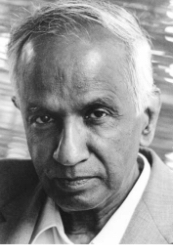
Chandra was named after the late Indian-American Nobel laureate, Subrahmanyan Chandrasekhar (pronounced: su/bra/mon'/yon chandra/say/kar). Known to the world as Chandra (which means "moon" or "luminous" in Sanskrit), he was widely regarded as one of the foremost astrophysicists of the twentieth century.

1. The X-ray telescope, whose mirrors focus X-rays from celestial objects
2. The science instruments which record the X-rays so that X-ray images can be produced and analyzed
3. The spacecraft, which provides the environment necessary for the telescope and the instruments to work.
Chandra carries four very sensitive mirrors nested inside each other. The energetic X-rays strike the insides of the hollow shells and are focussed onto electronic detectors at the end of the of the telescope. The mirrors on Chandra are the largest, most precisely shaped and aligned, and smoothest mirrors ever constructed.
22 years (so far) in operation
25 trillion bytes of data collected
3,00 trips around Earth
3.8 million lines of code written to operate, collect and analyze data
2.4 billion kilometers traveled
14 meters in length - about the size of school bus
63.5 hours to take one trip around Earth



